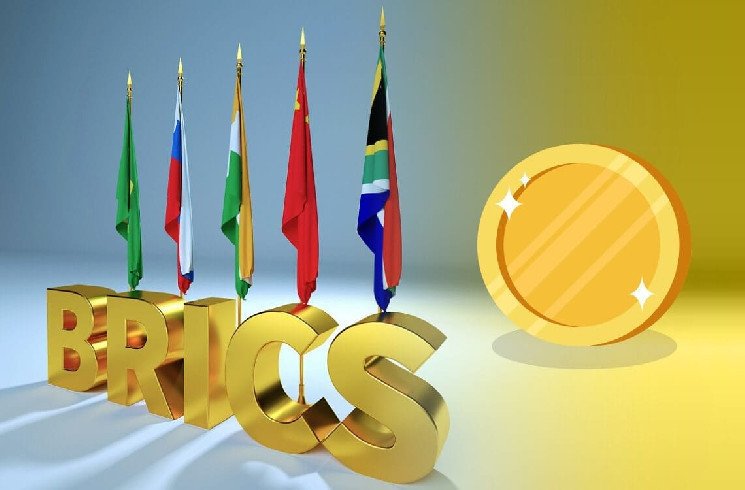As the BRICS nations continue to strengthen their economic alliance, there’s growing anticipation around the possible introduction of a BRICS currency at the 2024 annual summit.
With the alliance’s expansion to include six more countries this year, speculation is rife about whether the new currency will be a digital asset or a gold-backed alternative, signaling a significant shift in the global financial landscape.
Exploring the Digital vs. Gold Debate
The BRICS bloc, now expanded to include powerhouses like Saudi Arabia, the UAE, Iran, Egypt, and Ethiopia, faces a pivotal decision in choosing the foundation for its potential currency.
While Argentina’s participation remains uncertain, the inclusion of these nations has broadened the alliance’s economic footprint, making the currency choice even more consequential.
On one hand, there’s the possibility of a gold-backed currency. Such a currency wouldn’t necessitate a unified fiscal policy or bond market among the BRICS nations, offering a stable and universally recognized value pegged to gold.
This approach would provide a fixed value for the currency, grounded in a tangible asset with historical financial significance. On the other hand, the digitalization of currency presents an innovative alternative.
The BRICS nations, particularly China with its successful implementation of the digital yuan, have shown considerable interest in leveraging blockchain technology to connect local currencies.
The digital yuan’s role in settling significant oil deals illustrates its potential as a model for a BRICS digital currency. This approach could offer modernization and efficiency in transactions, aligning with the global trend towards digital currencies.
A Currency for the Future: BRICS’s Pivotal Choice
As 2024 approaches, the world watches to see which direction the BRICS bloc will take. A digital BRICS currency could harness the power of blockchain technology, offering a cutting-edge solution that aligns with the digitization of global finance.
This option could facilitate seamless cross-border transactions, enhancing trade and economic integration among the member nations.
Alternatively, a gold-backed BRICS currency could provide a stable and reliable store of value, especially appealing in times of global economic uncertainty.
Gold has long been a safe-haven asset, and its use as a backing for the BRICS currency could instill confidence among investors and member nations alike.
Regardless of the choice, the introduction of a BRICS currency represents a bold step towards de-dollarization, challenging the dominance of the US dollar in international trade and finance.
This move could significantly alter the dynamics of global trade and currency markets, ushering in a new era of financial cooperation among these emerging economic powers.
In conclusion, the BRICS nations stand at a crossroads, with the decision on their currency’s backing set to make waves in the international financial community.
Whether opting for a digital currency leveraging the latest in blockchain technology or a gold-backed currency rooted in traditional financial stability, the BRICS currency will undoubtedly be a landmark development in the global economic narrative.
As discussions continue and the 2024 summit draws near, the world eagerly awaits this momentous decision, which could redefine the future of global finance.
Read the full article here










